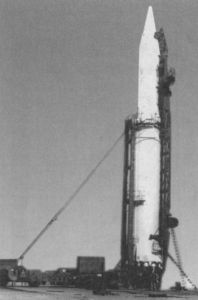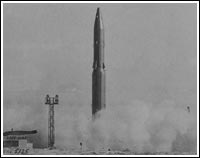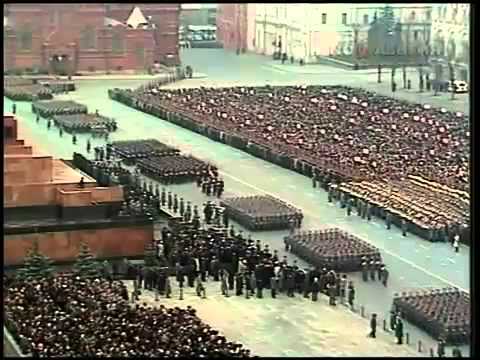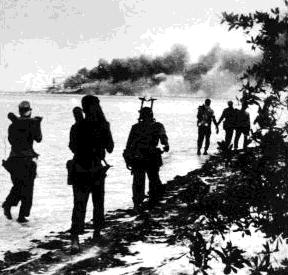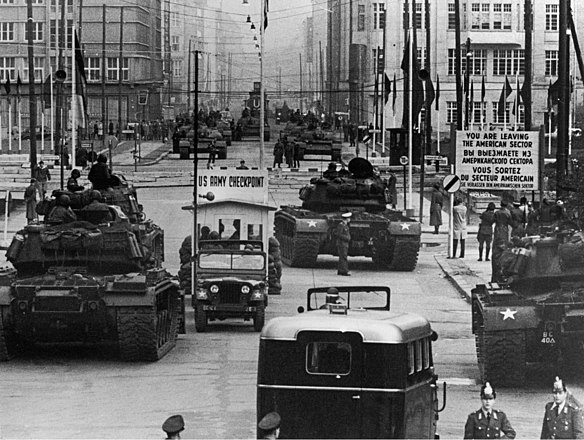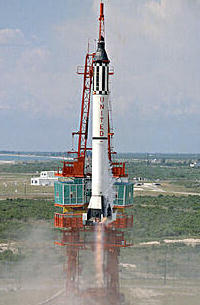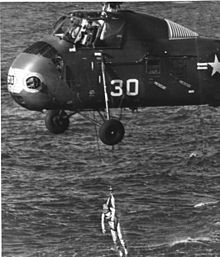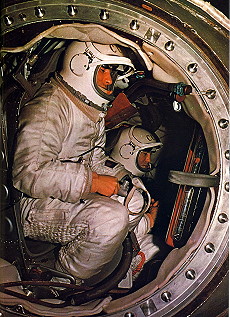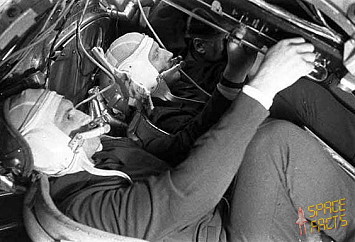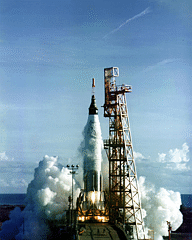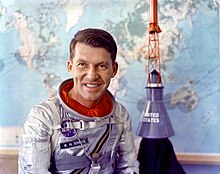[Introduction]
After many months of research, reworking, writting, editing and polishing, the revised, more realistic and plausible version of 2001: A Space Time Odyssey is finally here. I never could have done it without Michel Van as co-writter and the advice of many other veteran alternatehistory and space writters including E of Pi. This entire process has given me much more experience with Alternatehistory and Space writting despite my lack of experience. I'm fairly new and many of my earlier attempts at TLs including the first version of 2001: A Space Time Odyssey were wanting in plausibility. Hopefully this second version will amend the mistakes of the previous version, expect many differences. Most of the posts are already written and will be released at regular intervals. Unlike previously, the entire timeline has been planned out in detail from the begining to end rather than being written on a "plan as you go" basis.
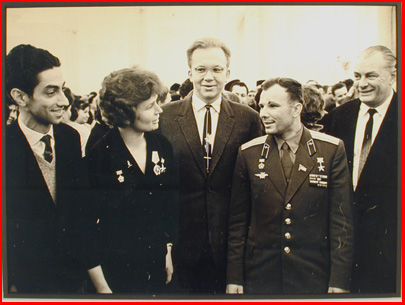
[Prologue]
Once upon a time, there was a young engineer in Soviet Union who had just finished his studies at the Ukrainian Academy of Science in 1958. He sent his application to several OKBs (Russian abbreviation for Experimental Design Bureau). Some looked at his resume and qualifications and threw away his request, other put it in deposit in case they could not find a more experienced engineer but then, finally, one OKB realized who this young man really was and hire him on spot! The name of this young Soviet engineer was Sergei Khrushchev, son of Nikita Khrushchev, the Premier of Soviet Union and General Secretary of the Communist Party. With Sergei's new job is at OKB-1, his boss Sergei Korolyov now had an excellent connection to the very top of the Soviet political hirearchy.
Once upon a time, there was a young engineer in Soviet Union who had just finished his studies at the Ukrainian Academy of Science in 1958. He sent his application to several OKBs (Russian abbreviation for Experimental Design Bureau). Some looked at his resume and qualifications and threw away his request, other put it in deposit in case they could not find a more experienced engineer but then, finally, one OKB realized who this young man really was and hire him on spot! The name of this young Soviet engineer was Sergei Khrushchev, son of Nikita Khrushchev, the Premier of Soviet Union and General Secretary of the Communist Party. With Sergei's new job is at OKB-1, his boss Sergei Korolyov now had an excellent connection to the very top of the Soviet political hirearchy.
Last edited:
